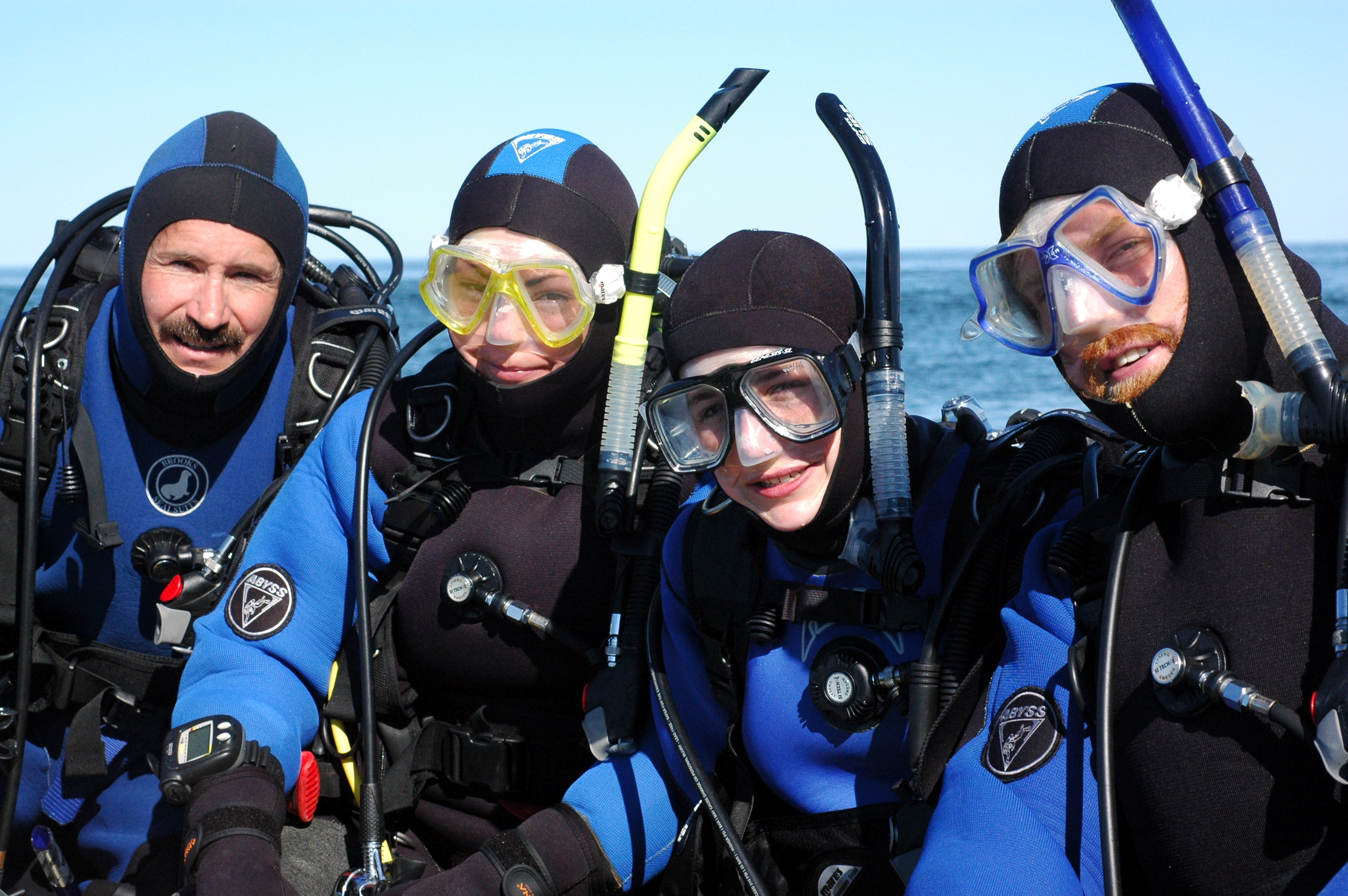 |
Mission Statement
Animals, fungi and plants are recent descendents from only two
of some 36 evolutionarily diverse lineages of unicellular and simple
multicellular organisms collectively termed protists. They are
ubiquitous in the biosphere, found in every drop of water, pinch
of soil, and living within animals, plants and even other protists.
They are critical components of ecosystems and have many direct
and indirect economic impacts being used for food, biomedical research,
pharmaceuticals, as proven biomonitoring tools and as model systems
for scientific investigation. |
Less
laudable, protists are also a source of human illnesses from malaria
to paralytic shellfish poisoning, having negative health and economic
consequences. Photosynthetic
protists, macroalgae and microalgae, outnumber heterotrophic species
by tens of thousands and form the base of aquatic food webs, contribute
50% of global carbon fixation, oxygenate aquatic environments,
provide intertidal habitat for larval stages of fish and invertebrate
species, and are an underutilized resource. Their combined ecosystem
service to humanity is thus considerable.
Marine
macroalgae, seaweeds, are largely assigned to one of three major
taxonomic clusters (essentially red, green and brown algae) and are
widely utilized for food and in industry. Wild seaweed harvests are
commonly used in agricultural fertilizers, as horticultural additives,
for the production of phycocolloids (agar, agarose, carageenan, alginates,
etc.) and higher end biochemicals with industrial and medical applications,
as well as for food, notably in Asia. Seaweed extracts turn up in
many everyday products and it is likely that few people make it through
their day without some contact of macroalgal extracts or products.
Wild harvest is augmented by aquaculture for the more valuable products
including the food crops nori (used in sushi and other delights;
in Japan alone this one crop accounts for >US$2 billion per year),
kombu and wakame.
Unfortunately, algal biodiversity can be impacted upon negatively by global warming,
environmental stress from fisheries and aquaculture, and by invasive species.
Conversely, macroalgae foul aquacultural netting, and phytoplankton blooms of
nuisance and toxic species can have devastating effects on marine animals.
Despite considerable diversity and significance, protists, with
their pervasive distribution and cryptic habit, are the least
understood organisms from a biodiversity perspective. ALGA is
an international collaboration of scientists using an approach
known as DNA barcoding to explore the true levels of algal diversity
on the planet. We are focusing our initial efforts on generating
a global inventory of marine macroalgae (seaweeds), as well as
initiating investigations on specific groups of microalgae (notably
the diatoms) on local scales.
|
Barcode
Marker Strategy:
ALGA
researchers advocate a two-marker system for the DNA barcoding
of protists – each major lineage with a Primary
Barcode Marker and a Secondary Barcode
Marker of which one is always the LSU
D2/D3 (divergent domains D2/D3 of the nuclear ribosomal large subunit
DNA).
LSU D2/D3: Primary Barcode Marker in lineages for which it provides
species level resolution; or as a Secondary Barcode Marker in all
other lineages to facilitate eukaryote-wide environmental surveys.
COI-5P (mitochondrial cytochrome c oxidase 1 gene): Primary Barcode
Marker for brown and red algae, and any other lineages for which
it has universality and provides species level resolution.
rbcL-3P (3’ region of the plastid large subunit of ribulose-l-5-bisphosphate
carboxylase/oxygenase): as the Primary Barcode Marker for diatoms,
and any other lineages for which it has universality, provides
species level resolution and for which COI-5P is not a viable marker.
tufA (plastid elongation factor Tu gene): as the Primary Barcode
Marker for chlorophytan green algae. |